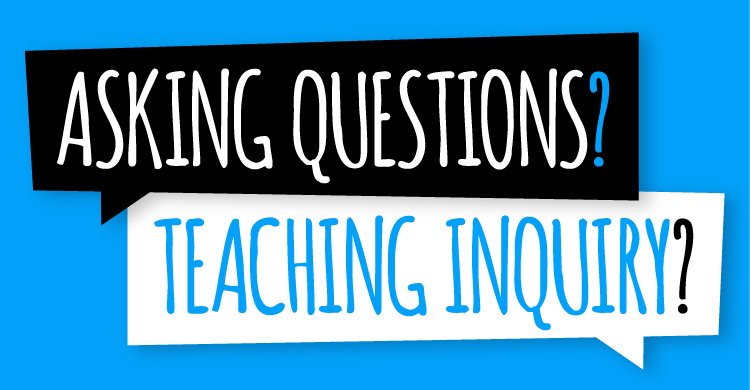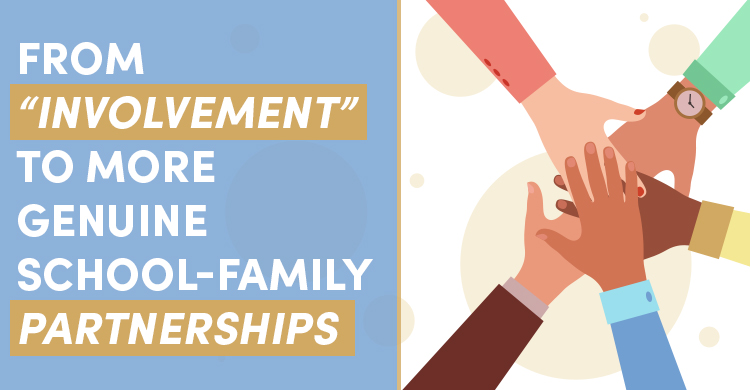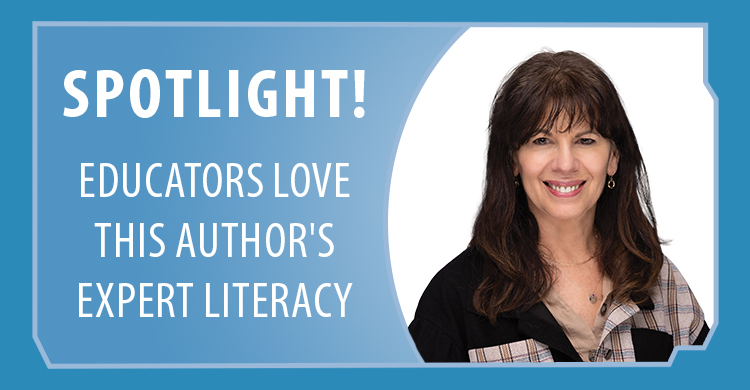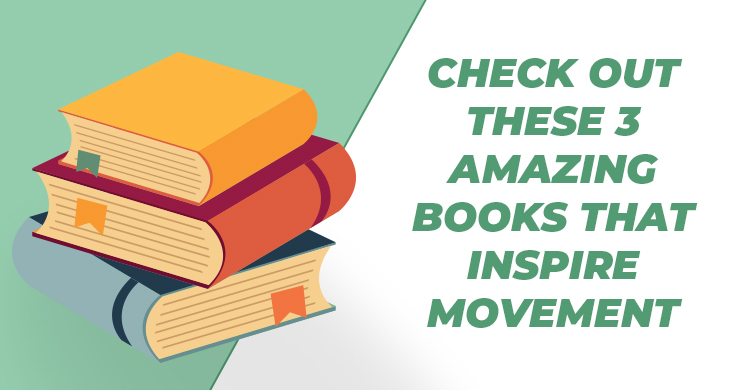Asking questions—good questions—is, arguably, the basis for a curious, passionate classroom. There is no way to explain that feeling when a classroom is erupting in enthusiastic discussion. It is magical, both for the teacher and for the students.
However, asking questions and teaching inquiry are often misconstrued as the same thing. If I’m asking thought-provoking, open-ended questions, I must be teaching inquiry. Not necessarily.
According to Ben Johnson, one applies a series of steps to engage in “academic discourse”: pose a question, allow for think time, and then call on a student. This technique is the foundation for many methods classes. As an example, Washington University in St. Louis, Center for Teaching and Learning offers a list of strategies to help teachers create specific questions that will “increase student participation and encourage active learning.” But is that what inquiry is? Is there more?
Teaching inquiry is about teaching curiosity and fostering it. Curiosity is innate. We are born with it. Robert Stokoe explains that we enter into this world curious—“an innate gift which newborns demonstrate as soon [as] they are born when they look around.”
Therefore, to really teach inquiry, we are teaching curiosity. Asking a question and waiting for an answer isn’t enough. It is the beginning—required and worthy. But to apply inquiry in the classroom, teachers must step up their game and create an classroom where the questions are merely guides to self-learning, self-assessment, and self-reflection.
Self-Learning
Giving students the opportunity to self-learn creates a classroom of inquiry, since students are able to dive deep into their own interests. Within self-learning, ask students to create a purpose for their learning. What is it they want to learn and why? This simple question helps students stay focused and supports their devotion to their topic. This shouldn’t be a free-for-all where students are expected to facilitate the curriculum.
Instead, if this is a US History class, and the thematic topic is “Politics and Power,” students can choose from a wide range of historical events to demonstrate their understanding of politics and power. As an example, a student chooses to demonstrate how politics and power played a role in the emigration of the Oneida tribe from New York to Wisconsin due to pressure from white settlers.
In this example, inquiry inspires the student to create an opportunity for learning that goes beyond mere questions and answers.
Self-Assessment
When students have the chance to self-assess, they determine their own level of inquiry. Up until now, it has been the teacher’s job to create assessments; now is the time to hand that task over to the students. How do they want to show you and their peers they have learned their interest? How do they want to demonstrate that their purpose for learning was worthy of their time and talent?
For example, after studying the emigration of the Oneida tribe and the role of politics and power within that emigration, the student shares, in an original song, how the reduction of the Oneida land and the establishment of reservation boundaries affected the tribe. Highlighted within the chorus, the audience learns that by 1930, only five percent of the original land was still with the Oneida tribe. This assessment provides the student with authentic prospects with which to present her original work, such as: the local historical society, the Oneida Nation, or opportunities for further research. Curiosity and self-assessment go hand-in-hand as the student’s devotion to the topic encourages presenting one’s work and encouraging feedback of that work.
Self-Reflection
As demonstrated, inquiry is more than a series of questions from the teacher, but the chance for the student to create, share, and reflect upon her own learning. After researching the Oneida Nation and creating an original song to showcase politics and power, the student is poised for feedback from her peers. The feedback gives the student some authentic comments to digest but also offers multiple perspectives of the students’ work.
Now, the student is able to metacognitively determine if her learning was worth the purpose. She can reflect upon her goal and decide if that goal was worthy of her time and talent. What did she learn that she can transfer to other academic subjects? What did she learn that was relevant to her and her life?
To revisit, asking questions is the beginning. It is required and worthy. Inquiry, however, is the process—necessary, essential, and real. We cannot merely ask our students questions that do not involve an act of doing. We must offer opportunities for the process and encourage the transformation.
[author_bio id=”2153″]






